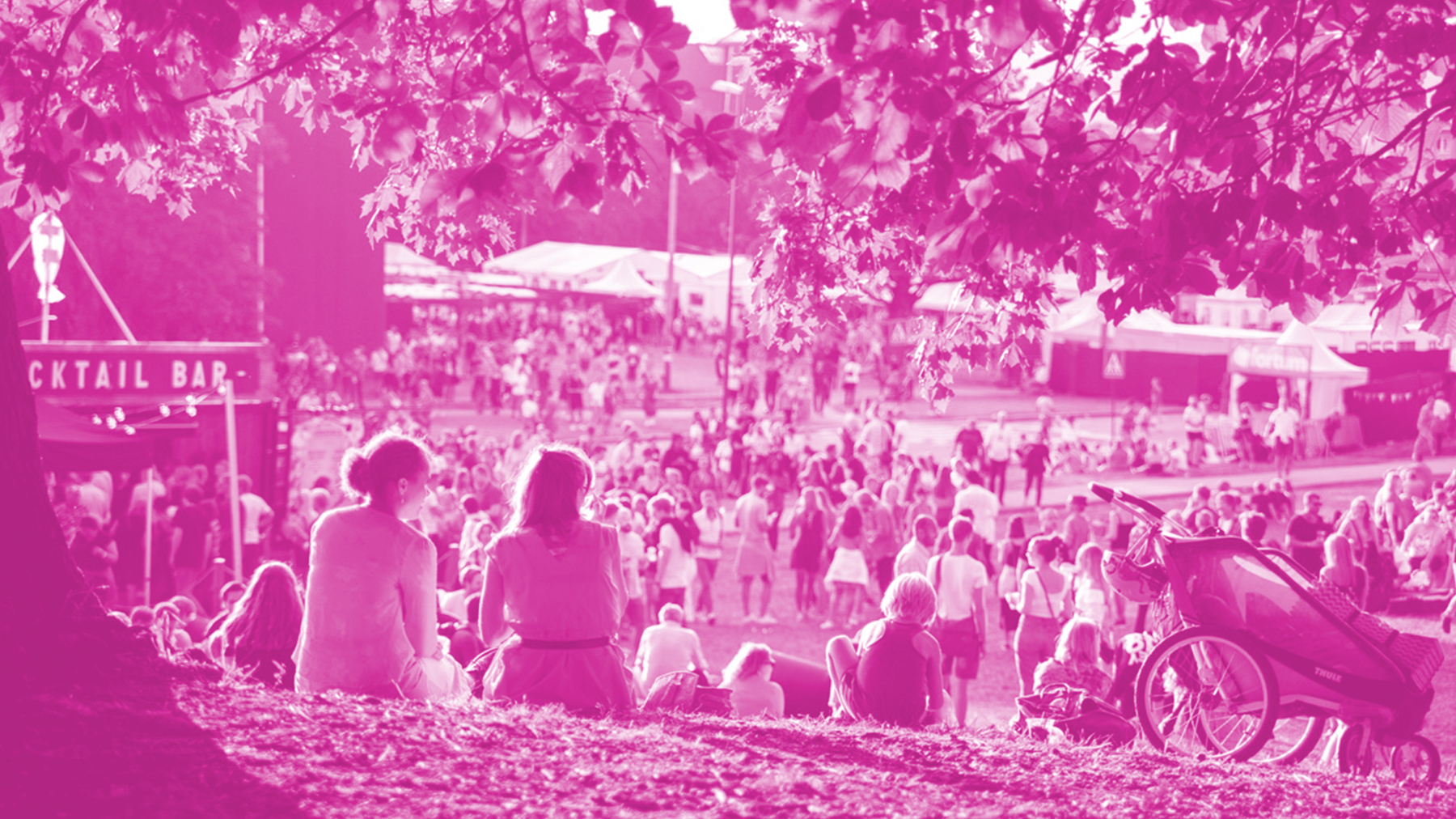
Get inspired by Øya and Fortum
Through The Green Rider, we have identified five action points that can have a real impact on the festival’s environmental footprint. These are increased availability of vegetarian food, reducing the use of fossil energy, avoiding single-use plastic, use of low emission transport solutions, and reducing and recycling waste.
The Green Rider offers the artists the opportunity to reduce their climate footprint by setting simple and clear requirements for concert and festival organizers, who themselves have a lot to gain from reducing their own emissions. When artists do their part of the deal, it becomes more feasible for festivals and venues to accept the Green Riders demand for change.

This is how Stig Brenner does it
A first for a Norwegian artist, Stig has calculated that his environmental footprint from his previous tour corresponded to 65,000 kg of CO2 equivalents - or rather, an emission equivalent that translates into travelling 8 times around the world with a petrol car. A footprint that is almost 5 times higher than one of an average Norwegian.
To stop going on tours was never an option for Stig, but at the same time it is not possible to continue as before either. The calculations show that flights correspond for more than half of the emissions, other modes of transport between the venues accounts for 15%, food and disposable bottles are about 2.5% of the total footprint. Somewhat surprising, clothing emerged as the second-largest source of emission, being responsible for as much as 20,000 kg of the CO2 emitted; this corresponds to the emissions for the production of 9,000 hamburgers
With these findings at his disposal, Stig, his management Nora Collective and the Nordic region's largest booking agency All Things Live, have joined forces to try a number of measures for the upcoming tour. These are:
- Choose organic and locally produced food
- Design your own water bottles for artist + everyone in the crew
- Cut out disposable plastic
- Kjøttfri turne, med vegetarmeny til medlemmer av crewet
- Drive electrical vehicles as much as possible during tour
- Remove unnecessary items from the rider: socks, t-shirts, these are items that Stig does not need
- 2nd-hand merch: Give new life too old clothing. Ask the audience to bring their own clothes, that can be printed on at the venue.
By taking these measures, Stig can cut up to 30% of the emissions on his next tour. This is the equivalent to 60 square meters more ice in the Arctic, the same size as his apartment on Grünerløkka in Oslo.
These are the emissions of one artis only. But considering that Oslo has one of Europe’s most prolific live stage scene with thousands of concerts played every year and many more across Norway, the impact can be significant. When artists do their part of the deal, it becomes more feasible for festivals and venues to accept the Green Riders demand for change.
This is how Øyafestivalen does it
One festival that delivers on these points is the Øya festival in Oslo, Norway - one of the world’s most sustainable festivals. Now more festivals can do as Øya and provide a more environmentally friendly music experience.
Examples of measures:
- Many festivals depend on large, mega polluting diesel aggregators to spread those sweet harmonic riffs to the audience. The Øya festival, however, runs on clean electricity from the landline.
- All construction machinery is fossil-free and runs on either electricity or biofuels.
- Volunteers from “Natur og Ungdom” will recycle all garbage by hand, which guarantees a recycling ratio of 70%.
- Over 40% of all food served is vegetarian. There is a sharp increase in organic food. All foods are delivered on compostable plates.
- Rain ponchos are all fazed out. Instead, the public will have the opportunity to rent proper boots and rain jackets. Even the single-use beer cups are out. Festival-goers can now return their regular beer cups. These cups will be gathered, washed and reused in other festivals.
We need to take better care of our common mother, Mother Earth. We need to change so that future generations will inherit a better world than the one we live in today. At Fortum, we are already driving the change towards cleaner energy, decarbonization, and more sustainable use of natural resources.
Examples of how Fortum enables you to make climate- and environment-friendly choices:
- Fortum has built Norway's largest network of charging stations for electric cars, making it easier to drive emissions-free.
- In Oslo, Fortum uses heat which would otherwise be wasted to heat homes and office spaces. Energy from waste incineration, sewage and data centers are among the sources that gives Oslo people an environmentally friendly way to heat their homes.
- If you want to make sure all the electricity you buy comes from a renewable source, you can easily purchase an electricity agreement from Fortum with a guarantee of renewable origin.
- Almost all the plastics which are sorted and collected in Norway is sent to other countries for processing. Fortum is therefor planning to build Norway's largest recycling plant for plastics.
- Fortum is working to build more renewable energy production in Norway, so that we can phase out fossil fuels and cut greenhouse gas emissions.